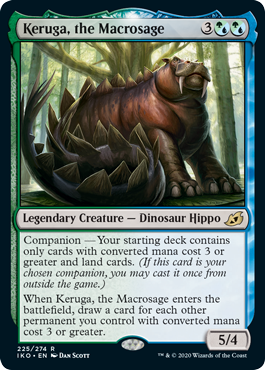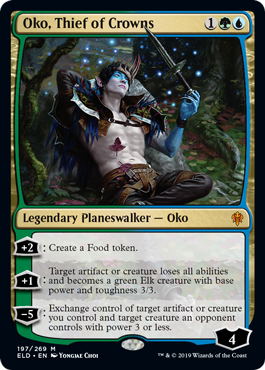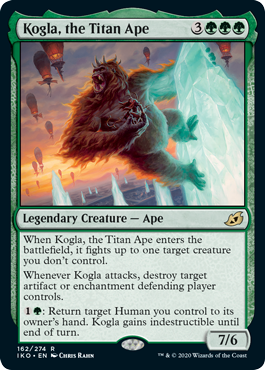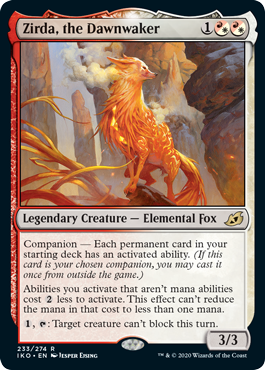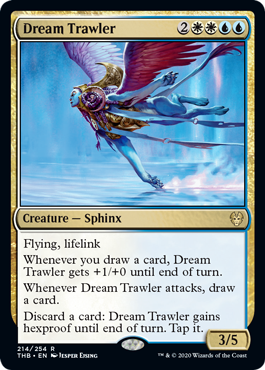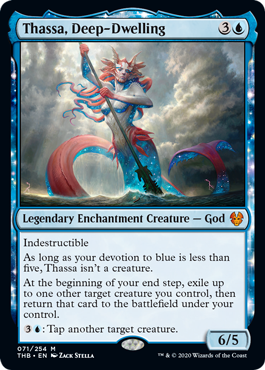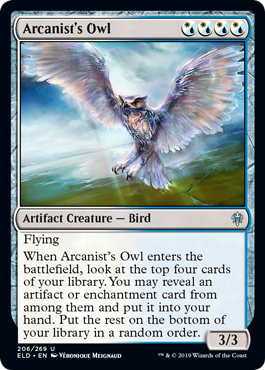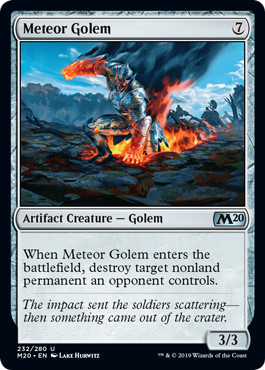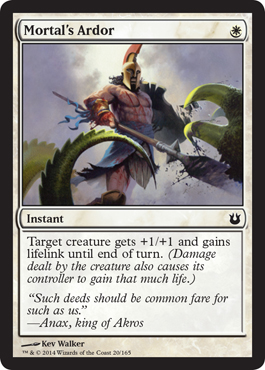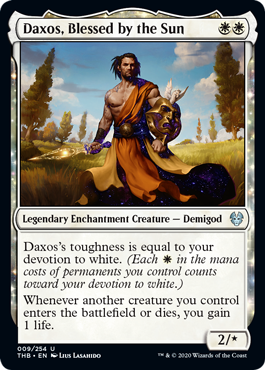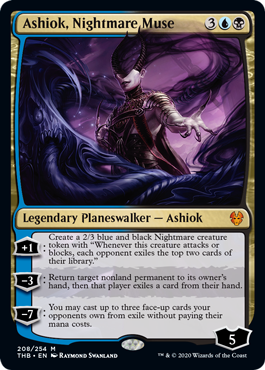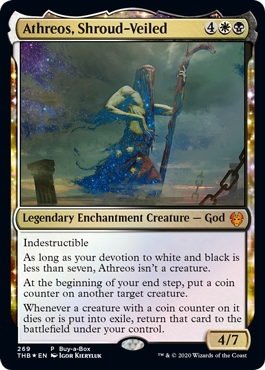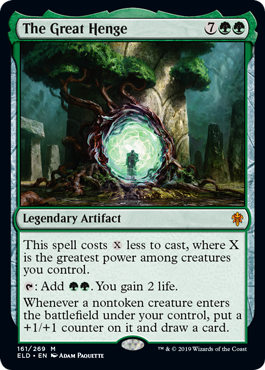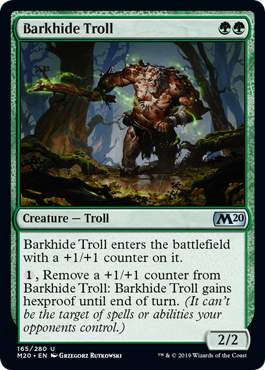Zirda, the Dawnwaker is Banned in Legacy!
Zirda, the Dawnwaker is one of two Companions to be banned before Ikoria: Lair of Behemoths is even legal on paper
“I don’t think they banned too many Companions.”
-Patrick
We knew from the outset that Lurrus of the Dream-Den was going to be really good with Black Lotus. All you had to do was draw your Black Lotus and you could deploy your Lurrus of the Dream-Den on the first turn and re-play the Lotus! The ban in Vintage was thus eminently predictable.
Interestingly, Vintage usually tries to deal with overpowered cards via restriction (rather than banning). But restriction under the current rules doesn’t stop Lurrus from being played as a Companion… So ban it is!
Joining Lurrus on the Legacy banned list is fellow Companion Zirda, the Dawnwaker. Zirda is abusively powerful with mana artifacts with “untap” abilities like Grim Monolith and Basalt Monolith.
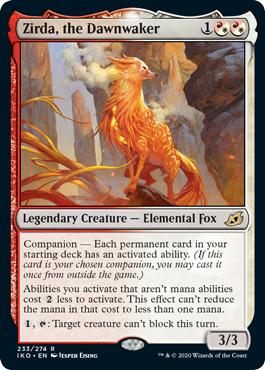
There’s lots of ways that Zirda can break; here’s a simple implementation:
- Turn two, play your second land and a Grim Monolith
- Turn three, float 3 — and don’t even hit your land drop. Tap your original two lands, using one of the 3 Monolith mana to cast Zirda; you have 2 floating… Which, with Zirda in play, is exactly what you need to untap the Grim Monolith.
- You can tap for 3, use 2 to untap the Monolith, and essentially make infinite colorless mana on turn three.
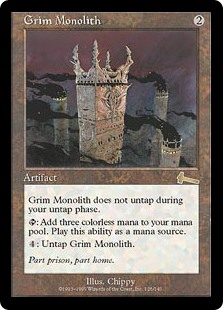
Zirda wasn’t a problem yet: But the writing was on the wall.
All the Companions! All the Standard!
- Solar Blaze is the hot new tech in 80-card Jeskai. Unlike with Shatter the Sky, your Agent of Treachery and Yorion, Sky Nomad will live through the ‘Blaze
- Heraldic Banner helps cast Obosh, the Preypiercer in Mono-Red! Accelerating three-to-five is less exciting than decelerating three-to-one to leave up Shock mana or pop out another hasty one drop.
- Bolas’s Citadel replaces Casualties of War in Jund Sacrifice. Now that no one is playing permanents, six mana Desert Twisters are less exciting than forcing the opponent to take ten.
- Lurrus of the Dream-Den enables a Bogles-like White Weenie deck that violates the spirit of the law… and the opponent’s life total.
- The four-color Neoform deck that Patrick is afraid might be busted…
- And the critical difference between Mono-Green Ramp and Simic Mutate.
Give it a listen:

